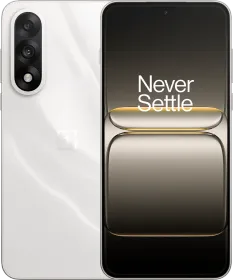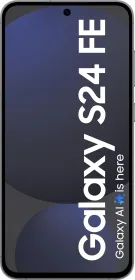TL; DR
- The drip pricing concept was established as part of the Guidelines for Prevention and Regulation of Dark Patterns, 2023.
- It is a marketing strategy wherein only a part (and not the entire) cost of a product or service is displayed to the consumer, while the rest is revealed at a later stage of the purchasing process, i.e., during checkout.
- The hidden charges could be anything, ranging from handling fees, platform fees, booking fees, hidden taxes, offer handling fees, and delivery fees, among others.
The Department of Consumer Affairs and the Central Consumer Protection Authority (CCPA) have formally warned consumers about drip pricing and other related “dark patterns.” The authorities have already established several guidelines regarding the final payable amount to be displayed upfront, which helps consumers in the decision-making process.
Also Read: 20 Essential Government Apps for Indians
What Is Drip Pricing Anyway?
The drip pricing concept was established as part of the Guidelines for Prevention and Regulation of Dark Patterns, 2023. It is a marketing strategy wherein only a part (and not the entire) cost of a product or service is displayed to the consumer, while the rest is revealed at a later stage of the purchasing process, i.e., during checkout.
The hidden charges could be anything, ranging from handling fees, platform fees, booking fees, hidden taxes, offer handling fees, and delivery fees, among others. Although not initially displayed to the consumer, these prices are added to the final bill, effectively rendering the originally advertised deal misleading.
These days, drip pricing is very common across leading e-commerce marketplaces, quick commerce platforms, and various other small and large online marketplaces. You can also find the practice in airline ticketing, hospitality bookings, food delivery apps, and even digital subscriptions. Let’s go through an example so that we’re clear.
Also Read: RBI Considers Letting Lenders Lock Your Phone for a Missed EMI. Here’s What’s at Stake
Drip Pricing Explained Through An Example
- Maximum retail price of a product: Rs. 2,499
- Deal price of an item: Rs. 1,000
- Card discount: Rs. 50
- Platform fee: Rs. 29
- Convenience fee: Rs. 35
- Cash on delivery charges: Rs. 49
- Offer handling charges: 19
- Effective price for the customer: Rs. 1,082
This is usually how drip pricing works. You see, the consumer is lured in with a deal price of Rs. 950 (including the card offer), but when they add the product to their cart and try to check out, the platform displays the final bill amount to be Rs. 1,082. This mostly works because buyers compare this price to the non-discounted price of the product.
Does Drip Pricing Violate Any Government Rules or Guidelines?
However, such pricing strategies violate Rule 7(1)(e) of the Consumer Protection (E-Commerce) Rules, 2020, which requires the total price of a product, including all charges and taxes, to be displayed upfront, not at the final step of the purchase process.
In September 2025, the Central Consumer Protection Authority even fined Digital Age Retail Pvt. Ltd (FirstCry) with Rs. 2,00,000 for false and misleading price representations. Moreover, drip pricing undermines consumer trust and complicates effective price comparison.
Also Read: Indian Government Should Ban Fake User Reviews Too, Just Like The United States Did
Government Measures To Curb Drip Pricing
The Department of Consumer Affairs has released a circular via its official X handle, asking buyers to call the National Consumer Helpline at 1915 whenever they spot the dark pattern of drip pricing across any platform. Consumers can register a formal complaint in case they’re being charged more without being informed about the additional charges upfront.
While this is an excellent initiative by the Government of India, there are a few shortcomings or downsides to this. We can see that the campaign around the initiative has begun in the last 24 hours or so, when millions of Indian consumers have already purchased items during the recent Big Billion Days or Great Indian Festival sale.
Second, Local Circles suggest that drip pricing is prevalent on 69% of the 290 platforms audited by the body, making this a serious concern that should be taken up directly. Asking consumers to complain about a purchase, registering it as a case, and then taking action upon it would make the process tedious.
We believe that the Department of Consumer Affairs either prohibits any additional charges on a product’s price or requires platforms to clearly disclose hidden charges upfront. Anyway, the warning from the department about drip pricing and the option to register a complaint on the National Consumer Helpline are steps in the right direction.

You can follow Smartprix on Twitter, Facebook, Instagram, and Google News. Visit smartprix.com for the latest tech and auto news, reviews, and guides.


































Zepto must be aware of this